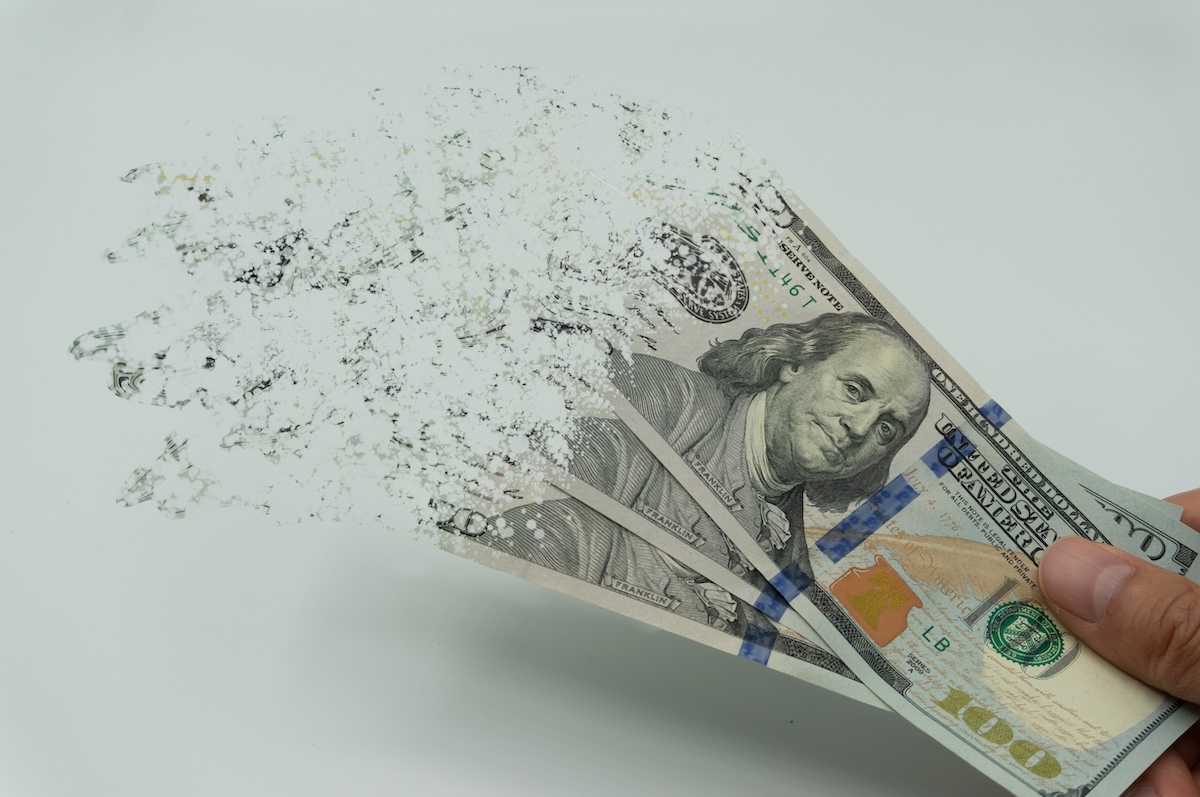
President Trump’s aggressive tariff policy is creating what macro analyst Adam Kobeissi calls a “highly uncommon phenomenon in financial markets” where everyone stands to lose.
“Both bullish and bearish participants find themselves uncomfortable amid prevailing conditions,” Kobeissi said on X, adding that the market has become overly reactive to tariff headlines.“
An over-reliance on tariff-related headlines has created a fragile market environment, where both sides are exposed to abrupt, often disproportionate price swings,” he added.
Case in point: Trump’s “Liberation Day” tariff announcement that set off selloffs across stocks, bonds, and commodities — a rare breakdown in historical correlations.“
There’s nowhere to hide,” said Thierry Hasse, CIO of Elevage Partners. “The usual hedges failed to provide shelter.”
A brief rally followed Trump’s surprise 90-day pause on some tariffs, but it didn't last long as investors realized just how unpredictable Washington has become.
While Kobeissi and Hasse warn of volatility, some analysts believe the consequences go far deeper.
A generational rotation out of America
According to Deutsche Bank strategist George Saravelos, President Trump’s latest policies may have triggered a generational rotation out of U.S. assets.
This structural shift threatens not only U.S stocks but also the dollar’s status as the world’s reserve currency.
As Investors Observer reported on April 17, Trump’s approach to China this time around is less about negotiation and more about permanent decoupling.
His efforts to isolate the world’s second-largest economy are prompting global investors to reassess their exposure to the U.S.
“Markets are reassessing the structural attractiveness of the [U.S.] dollar,” Saravelos wrote in a note to clients.
BCA Research’s Marco Papic echoed that warning, noting a “vicious” rotation away from U.S. assets. “Bond yields are staying high and the dollar is falling,” he said.
The DXY Dollar Index — which tracks the greenback against a basket of major currencies — fell below 100 in April for the first time since 2022. It’s now down more than 9% since Trump took office.
Minneapolis Fed President Neel Kashkari didn't mince words, pointing out that a collapsing dollar amid sweeping tariff announcements suggests global investors are losing faith in the U.S. as a safe haven.
Your email address will not be published. Required fields are markedmarked